More than 36 football pitches of new forest in Limburg: results 2022-2023
06 September 2023
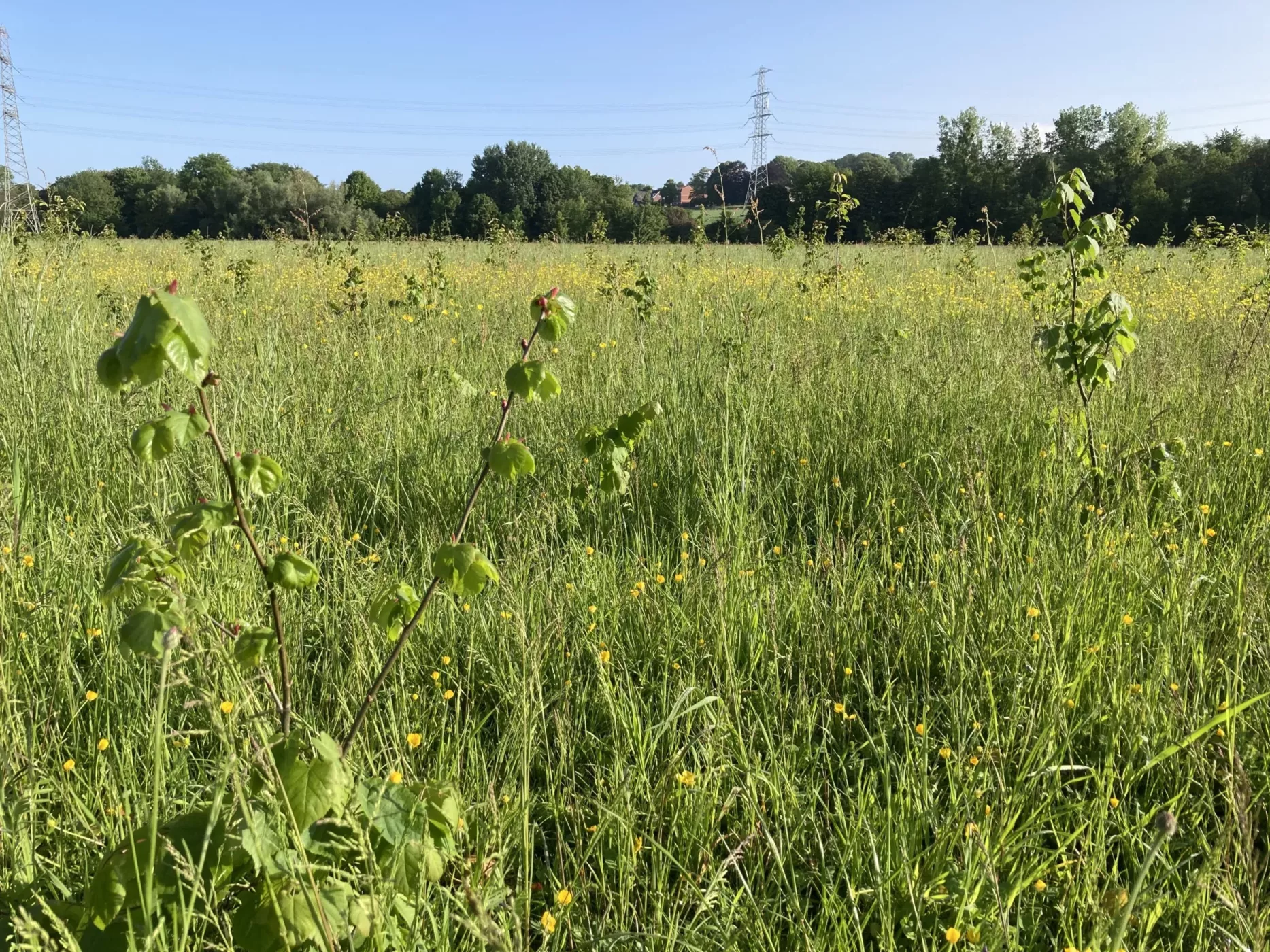
06 September 2023
Trees for All is collaborating with Stichting het Limburgs Landschap to create more forests in the province of Limburg. In the period 2020-2024, we’re planting a total of 251,410 trees throughout the province. Thanks to the support of our donors, last winter we were able to plant almost 94,000 trees! So how are the trees doing now?
During the winter of 2022-2023, we collaborated with Limburgs Landschap on planting new forests at 23 different locations. No fewer than 93,950 trees and shrubs went into the ground! Together, these locations cover 22.16 hectares, which means that the province of Limburg has gained nearly 37 football pitches of forest. If you ask us, that’s a great result!
During the de planting day in December 2022
We’ve planted some of the trees adjacent to or in the vicinity of existing forests. This enables us to expand existing forest areas even further. The trees and shrubs have been located on former agricultural land that had little added value for biodiversity. By planting new forests, we’ve created big, connected habitats, which will attract all sorts of plants, birds, insects and small mammals in the future.
The remaining trees were planted at locations that were originally home to Norway spruce forests. In recent years, these forests have become increasingly decimated. They weren’t very resistant to dry summers in combination with being gnawed by the European spruce bark beetle, large numbers of which descended on the trees.
This example shows why it’s so important to plant varied forests, as Trees for All does. A forest made up of different species of tree and shrub is much more resistant to the consequences of climate change, such as drought, disease and pests. If one species suffers, then the others keep the forest alive.
We see exactly the opposite in forests that are only made up of a single species of tree (like Norway spruce) or just a couple of species. If one species suffers, then that affects the whole forest. And a varied forest also has much more value for biodiversity. The greater the number of species of tree and shrub, the greater the diversity of plants and animals that are attracted to the forest!
In Limburg, we’ve planted native trees and shrubs that belong there naturally. They include over 30 different native species, such as silver birch, medlar, hornbeam, crab apple, sessile oak and wild cherry. And they’re growing well!
The photos below show the saplings peeping out among the grain at various locations in Limburg. Limburgs Landschap sowed this grain before planting the trees, to protect them against drought. The grain provides shade and adds an extra protective layer to the soil. It also checks the growth of tall forbs, such as brambles and thistles, which get in the way of the young trees.
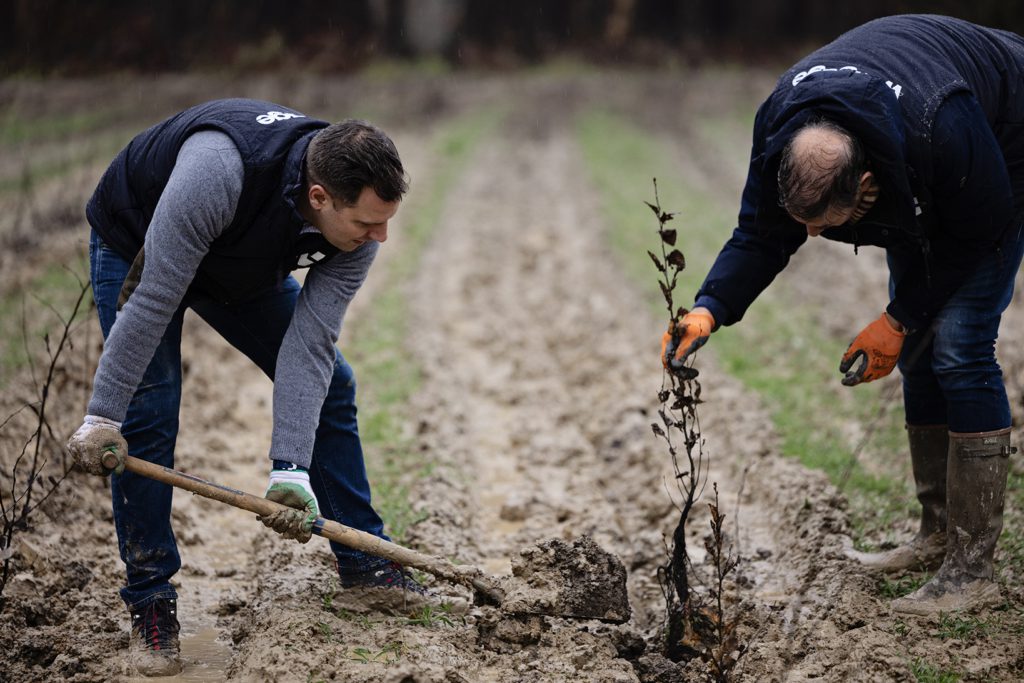
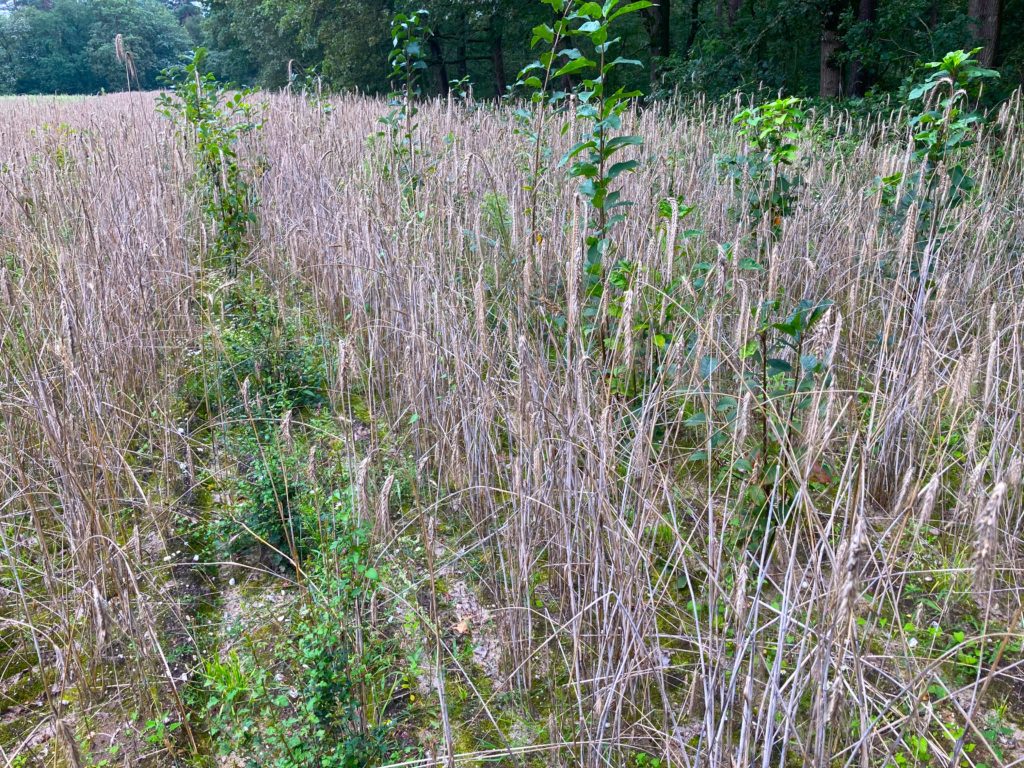
When planting new forests, it’s normal that not all the trees survive. We make agreements with our project partners beforehand about the percentage of loss that can be permitted within a project. This percentage is usually between 5% and 15%. If the loss is higher, due to unforeseen circumstances, then new trees are planted in the following planting season. This is also known as refilling. In this way, we ensure together that the forest gets off to a good start!
At some locations, a number of trees and shrubs have been affected by drought and damage from animals. However, that doesn’t necessarily mean that all these trees will die, as a lot of rain fell during the summertime. Moreover, trees are often considerably more resistant than we think. A sapling that appears dead can simply regrow from the base!
So Limburgs Landschap takes one or two years’ time to see how the trees develop. If many of them are lost, then they’re replanted. But a small percentage of loss is no problem. The majority of trees that have managed to survive will then occupy the free space.
The planting in May and June 2023 at various planting locations in Limburg.
We monitor and evaluate all our projects with care. We’re involved in our projects for at least ten years. This enables us to support our project partners in monitoring and developing the forest and to give advice where necessary. Our project partners keep us informed through reports. We also monitor the planting ourselves through field visits.
As far as possible, we try to avoid risks like drought, damage by animals and rough growth. You can read more about this in our blog Challenges when planting a forest. At the same time, we don’t have total control over every situation. But by being closely involved with our projects and project partners, we can respond quickly and take measures where necessary.
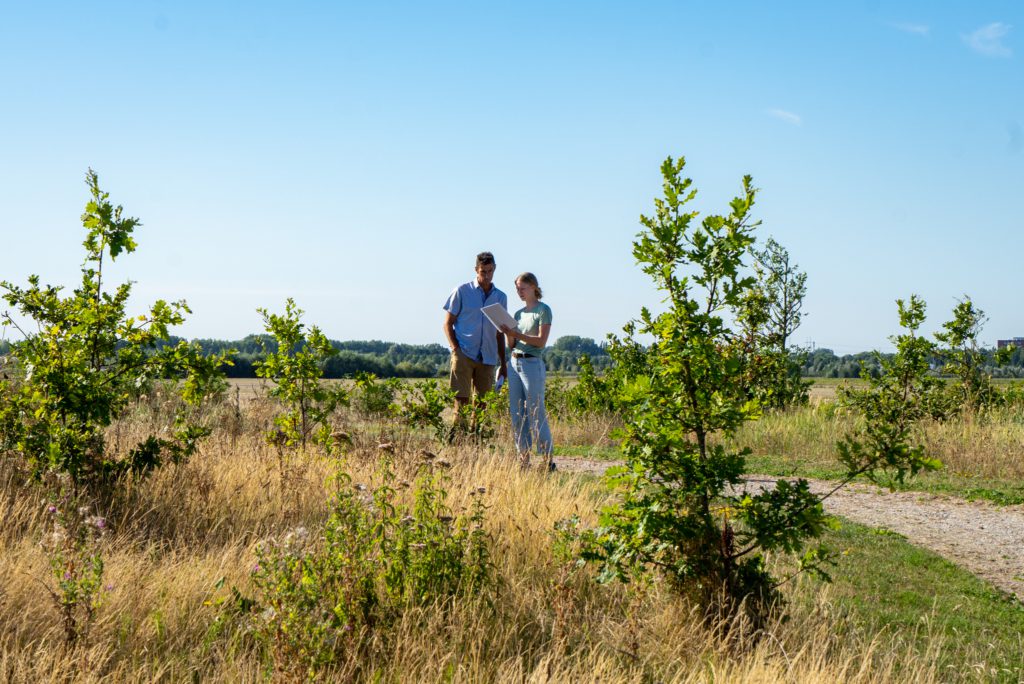
In the coming years, the planting locations will develop into young forests. And during that time the biodiversity here will steadily increase. But even now, we can already see the added value of the planting.
Limburgs Landschap has spotted different sorts of plants and wildlife at various planting locations. Examples include white campion, toadflax, soldier beetles and meadow buttercup. And alders have spontaneously sprung up in the area. But the nicest sighting has to be the tree frog spotted at one of the planting locations!
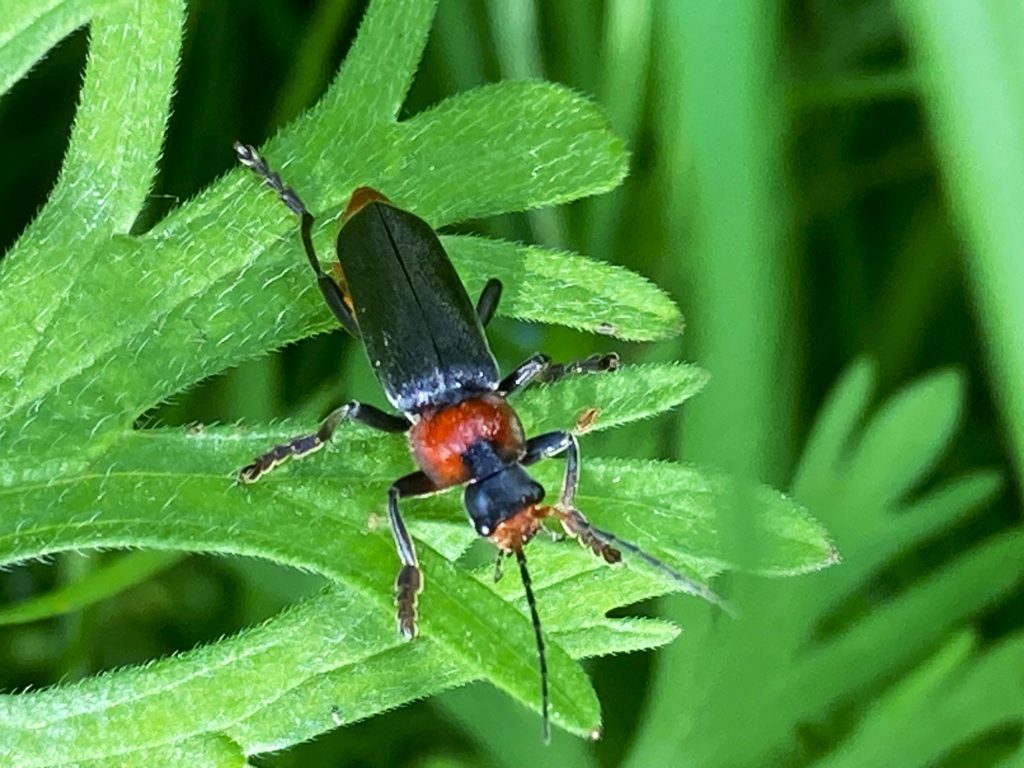
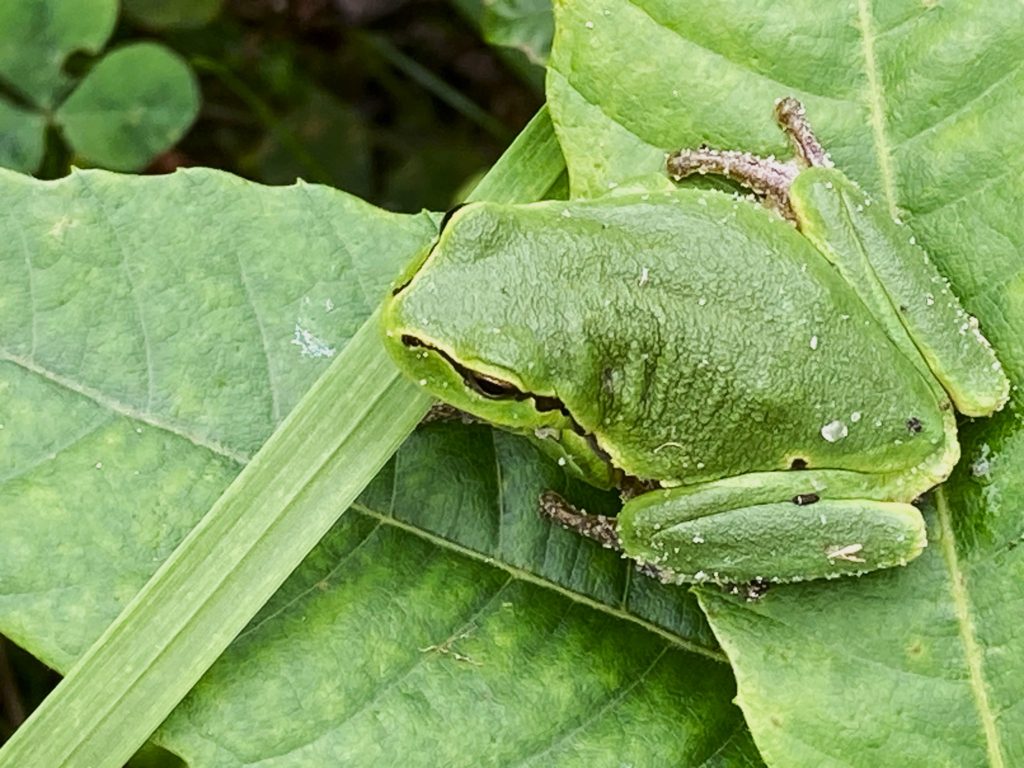
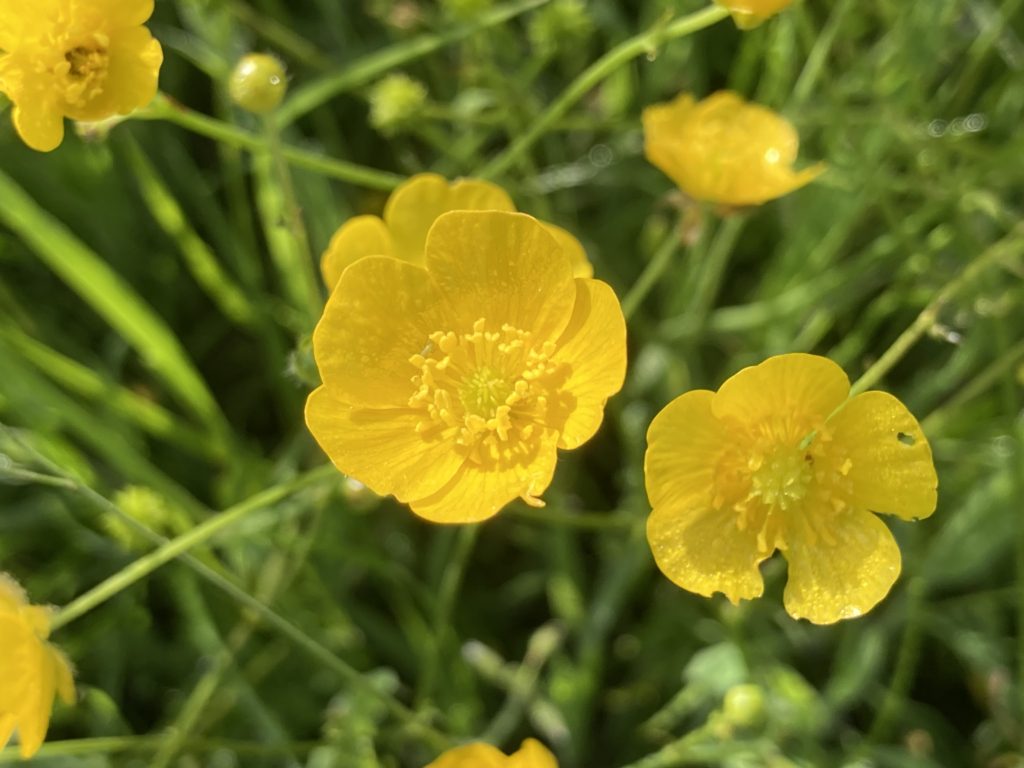
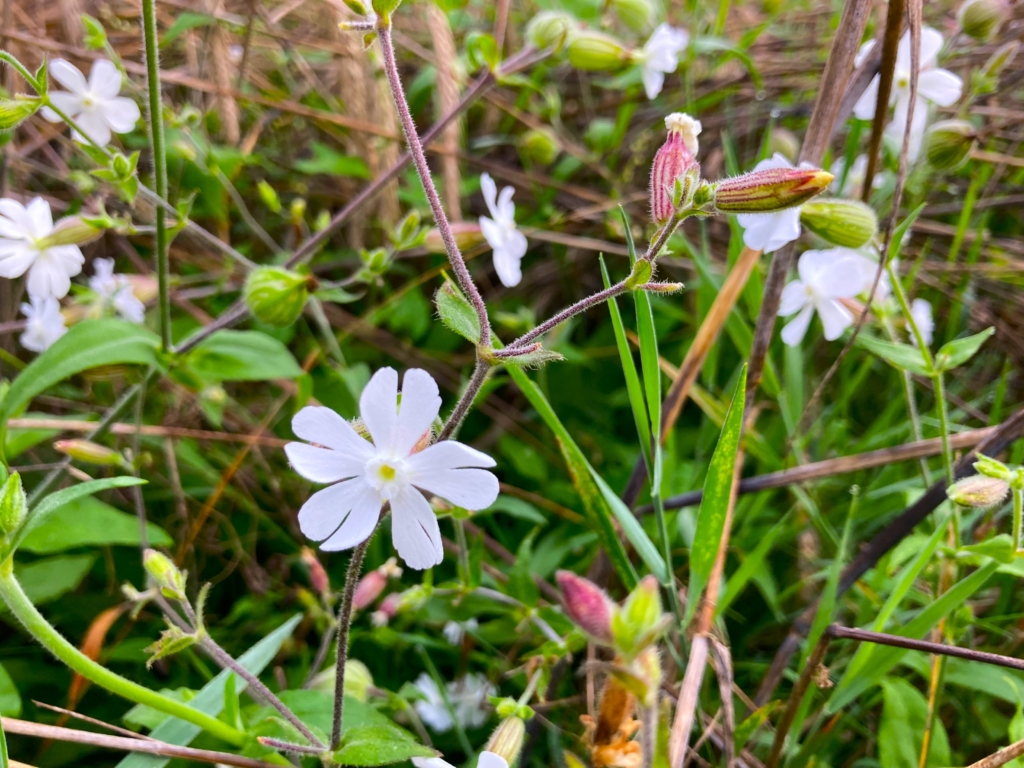
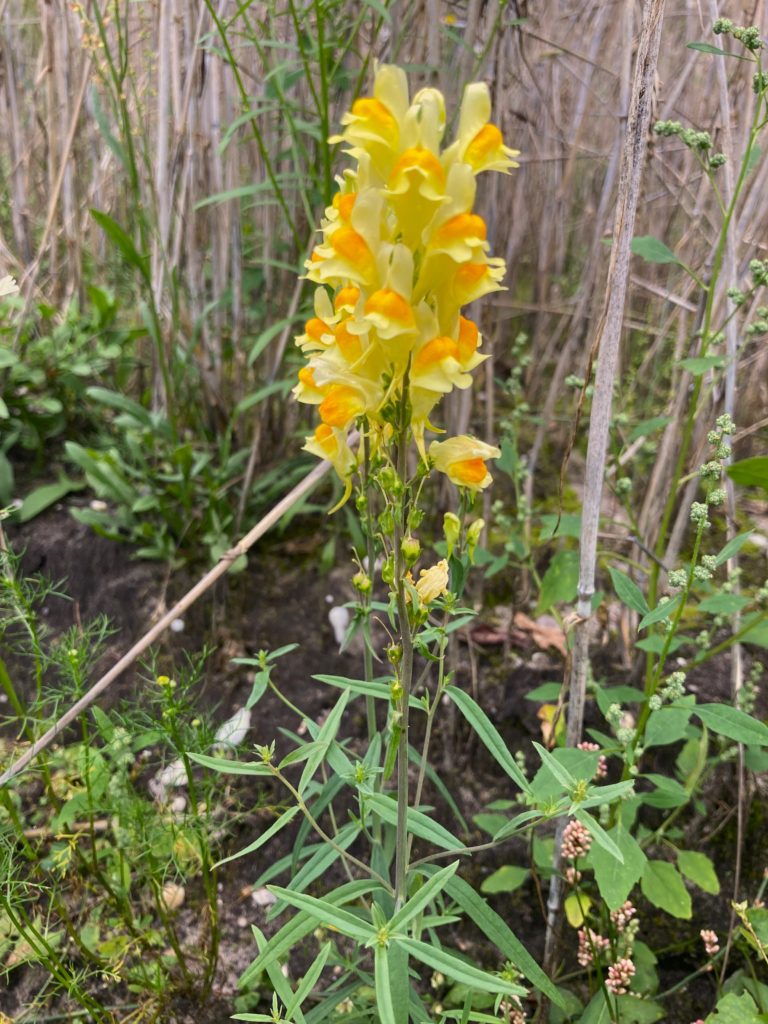
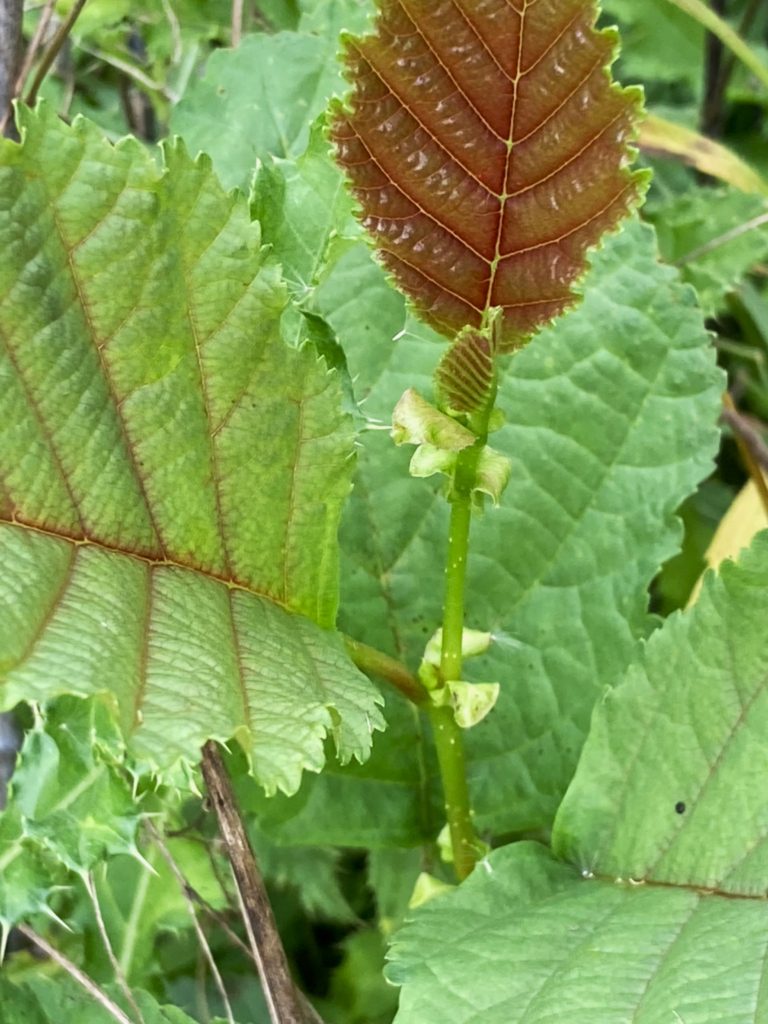
If you’d like to read more about the development of a forest and its associated biodiversity, take a look at our page How does a forest grow?
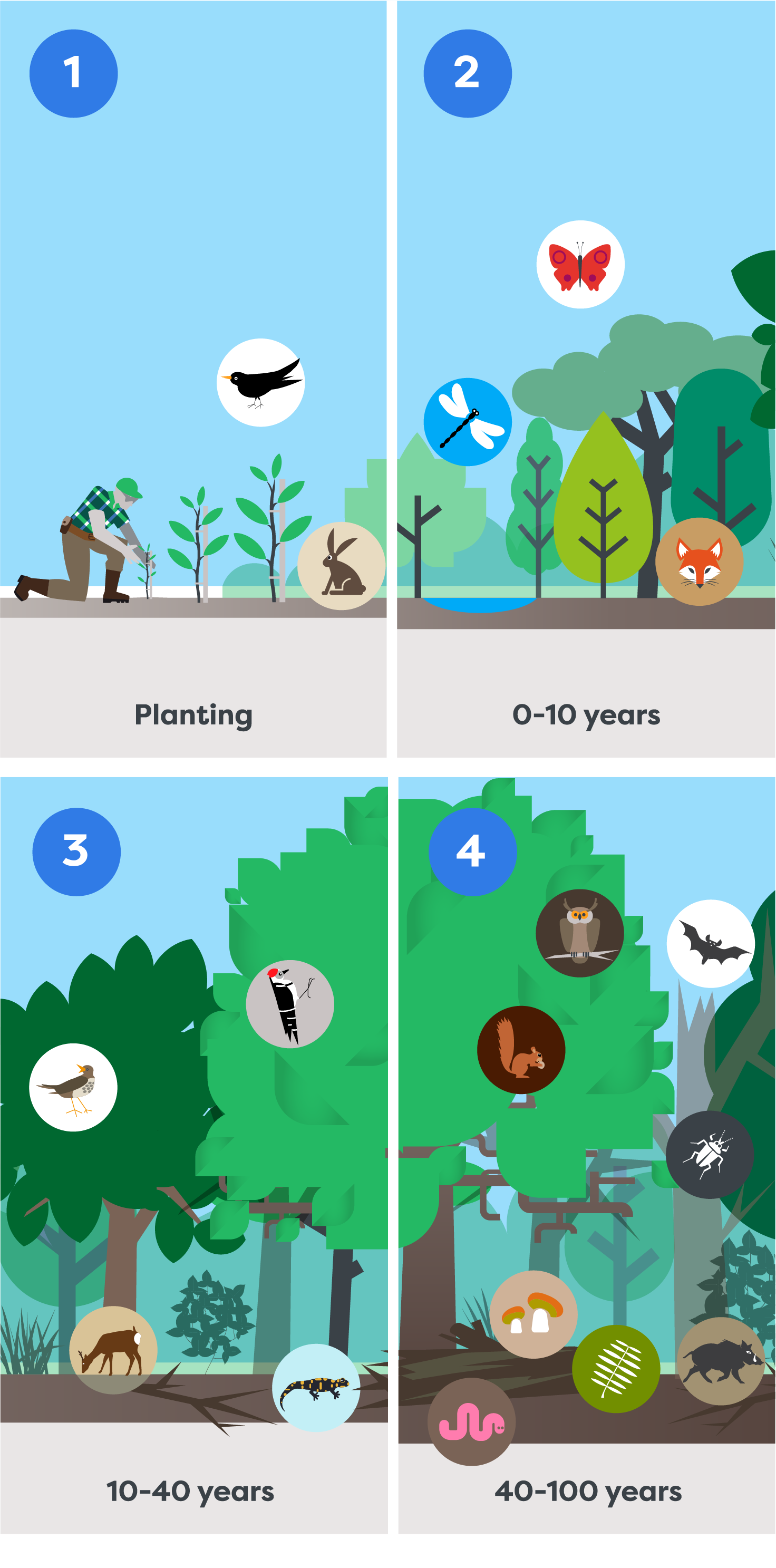
Did you know that you can come and visit one of our planting locations in Limburg? Then you can see with your own eyes how ‘our’ forest is developing! See the route to the Zwart Water planting location.